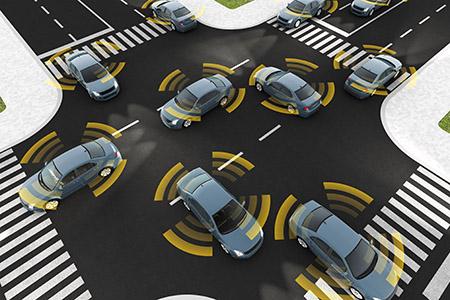Cooperative Mobility Systems and Automated Driving

Automated vehicles could make roads safer as well as reduce congestion. Whether society will be able to capture these benefits while minimising negative impacts depends on effective regulation of self-driving vehicles. The technology is still largely experimental and mass use is likely to take decades. Today’s regulatory frameworks can stretch to accommodate early deployment, but they will not be sufficient in the long term. This report reviews the range of existing service concepts for automated driving systems and technologies, the operational environments they require and assesses the need for regulatory action.
Go to Roundtable page with papers and presentations
Policy Insights
- Shared mobility is still a relatively new field but is progressing rapidly. With business models and preferred technologies still in flux, policy makers need to prepare considered responses to these developments without delay.
- Service concepts and technology currently and on the brink of being explored need to consider a range of design domain restrictions, dependencies on infrastructure, operating principles and user interfaces.
- Specific service concepts should be matched to specific operational environments, on a detailed local level as well as across continents and cultures.
- Government action will affect how automated vehicles will impact society. Existing approaches will not be appropriate for long. Their understanding and input will help to balance the debate on whether AVs can indeed alleviate a series of stubborn problems.